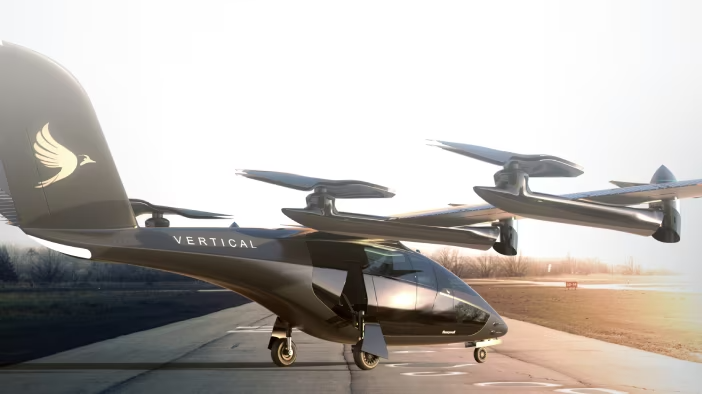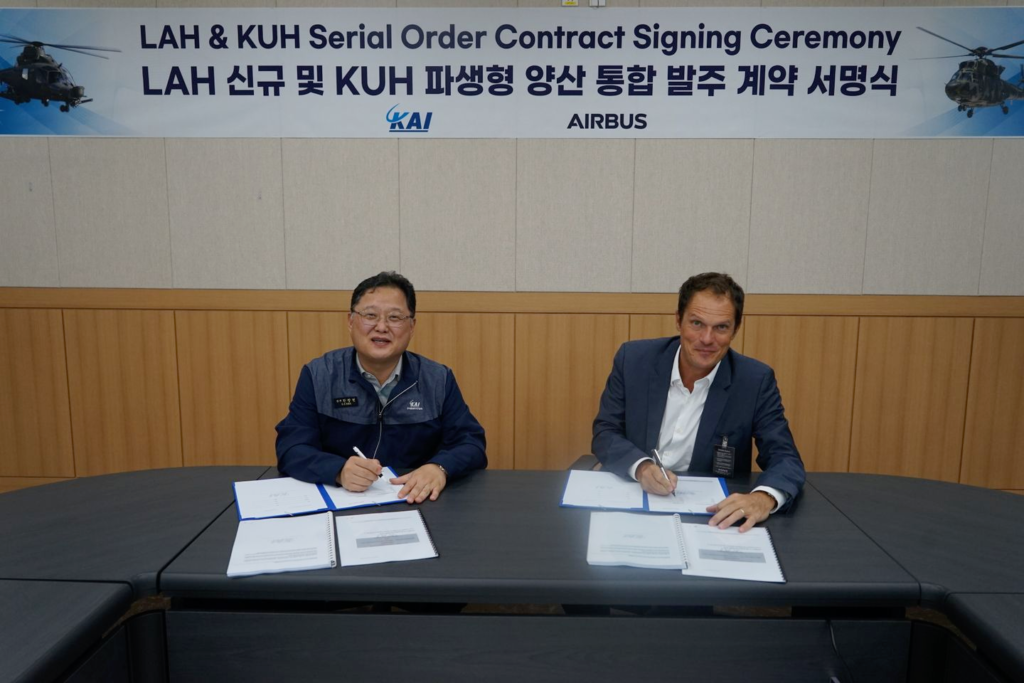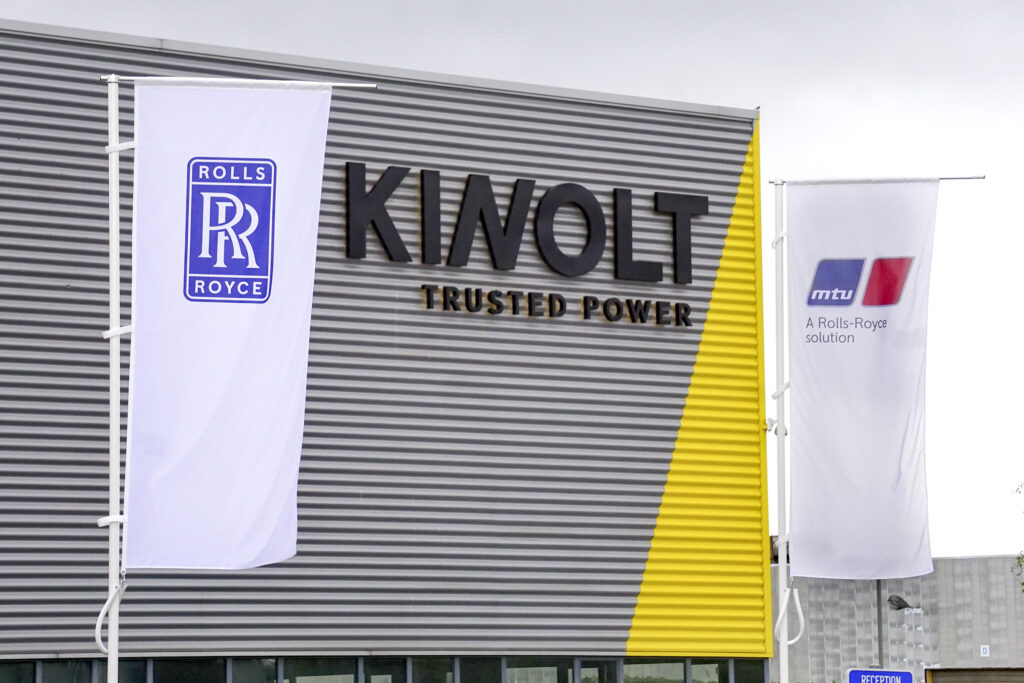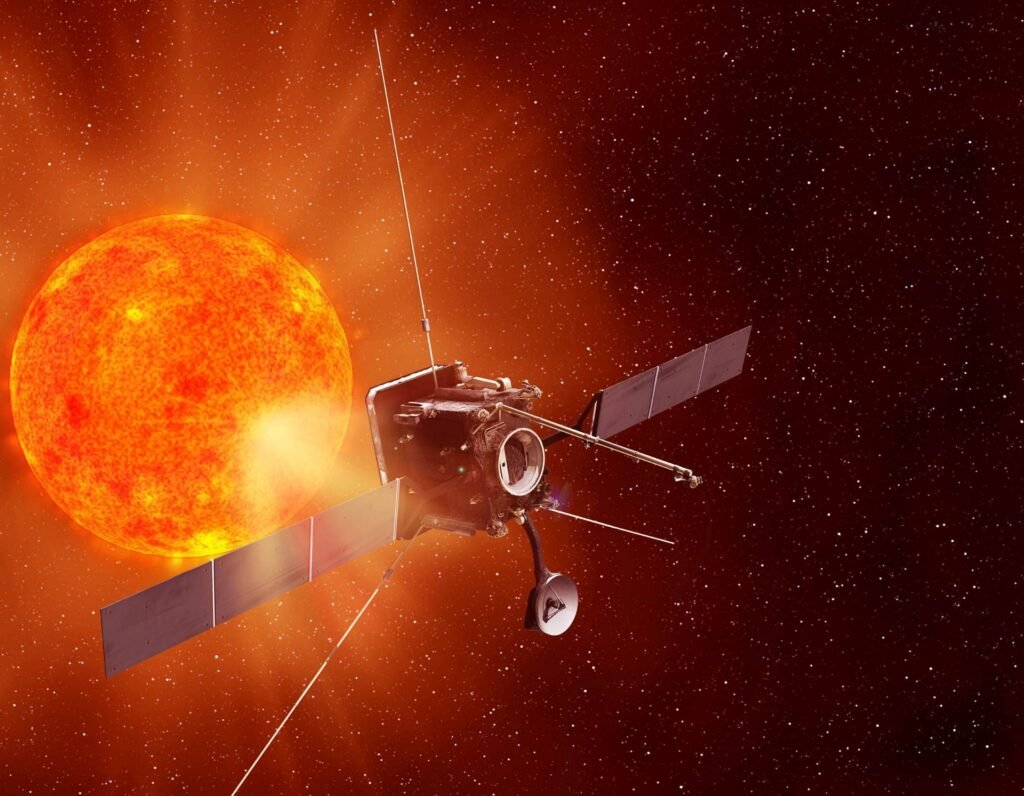Rolls-Royce pioneering electrification in aviation at scaleRolls-Royce
At Rolls-Royce (OTC: RYCEY), we aim to lead the Advanced Air Mobility market and achieve the world’s first certification of an electric engine for commercial aircraft by the mid-2020s. Light aircraft are already flying with…





